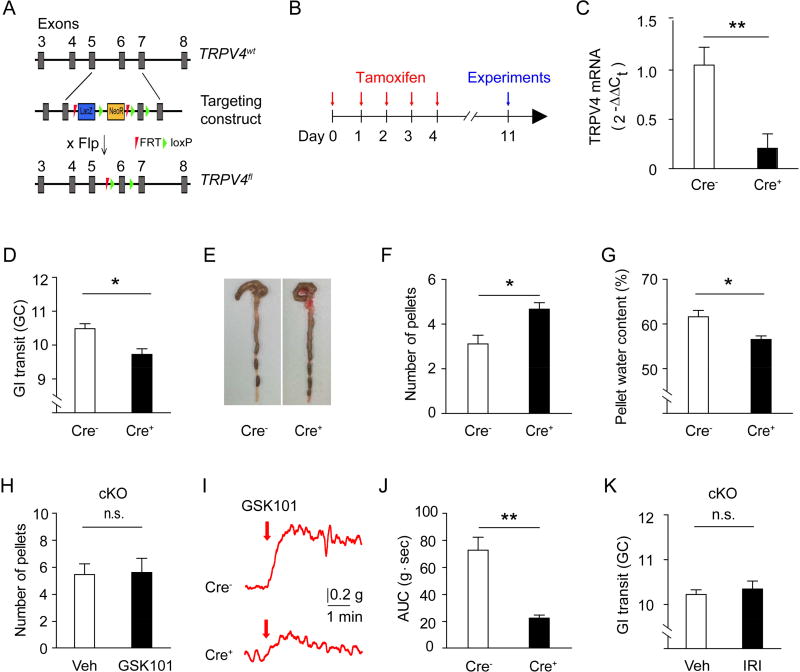Figure 6. Macrophages-specific expression of TRPV4 controls gut motility in both homeostatic and pathological conditions.
(A) Schematic for the generation of the Trpv4f/f allele. Flp, flippase recombinase.
(B) Schematic for the time course of Cre induction by tamoxifen administration.
(C) Quantitative analysis of TRPV4 levels by qRT-PCR in sort-purified colonic MMs of Cre+ Cx3cr1CreER;Trpv4f/f mice compared to Cre− littermates. n=6 mice per group.
(D) GI transit in Cre+ Cx3cr1CreER; Trpv4f/f mice and Cre− littermates. n=5 mice per group.
(E–F) Representative images (E) and quantification (F) of formed fecal pellets retained in the colon of Cre+ Cx3cr1CreER; Trpv4f/f mice and Cre− littermates. n=8 mice per group.
(G) Water content of fecal pellets of Cre+ Cx3cr1CreER; Trpv4f/f mice and Cre− littermates. n=9 mice per group.
(H) Total number of fecal pellets expelled within 30 min after i.p injections of vehicle (1% DMSO) or GSK101 (100 µg/kg) in Cre+ Cx3cr1CreER;Trpv4f/f mice and Cre− littermates. n=6 mice per group.
(I–J) Representative traces (I) and quantification (J) of GSK101 (0.3 µM)-induced colon contraction in Cre+ Cx3cr1CreER;Trpv4f/f mice and Cre− littermates. n=12 segments from 3 mice per group.
(K) GI transit in Cre+ Cx3cr1CreER; Trpv4f/f mice treated with vehicle (1% DMSO) or IRI (100 mg/kg). n=5 mice per group.
All data are pooled from two to three independent experiments. Data are mean ± SEM. In this figure, statistical significance was determined using Student’s t-test (C, D, F, G, H, J, and K).* p<0.05; ** p<0.01; n.s., not significant.

